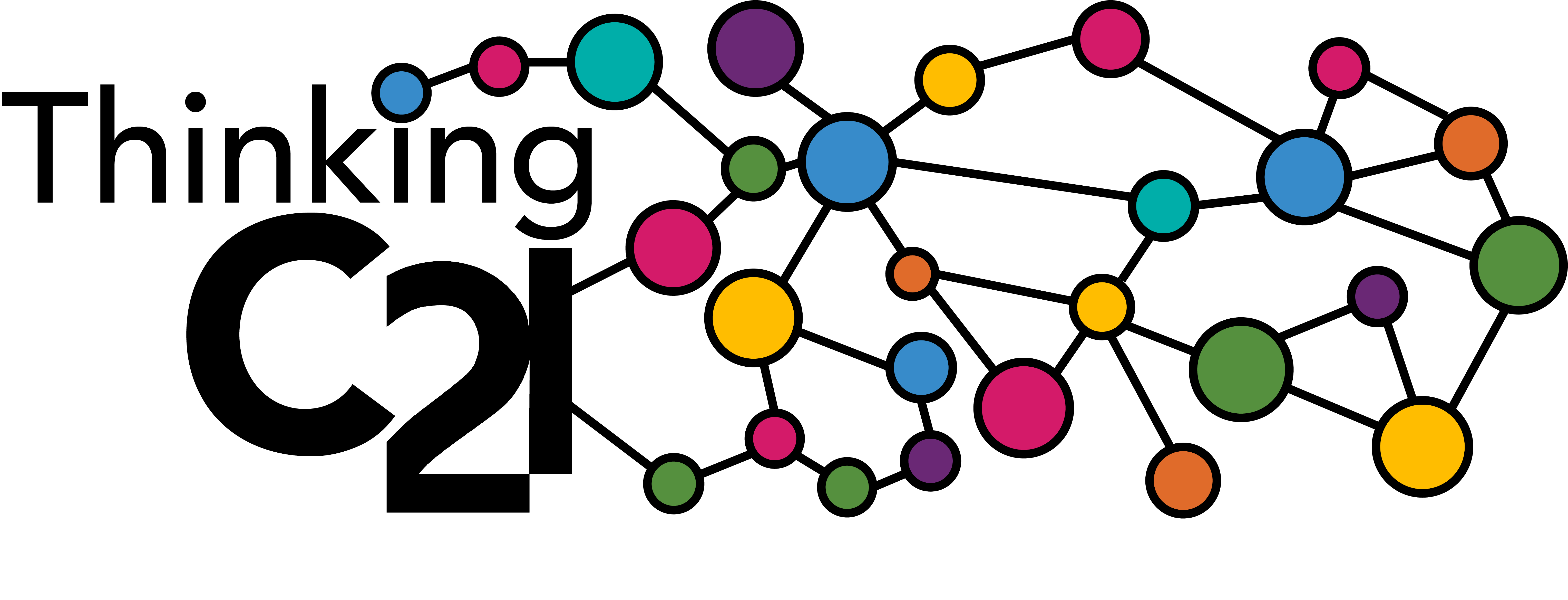by Mauro Carbone
Mauro Carbone is Distinguished Professor of Aesthetics at the Faculté de Philosophie of the University Jean Moulin Lyon 3, and an Honorary Member of the Institut Universitaire de France. Influenced by phenomenology, in particular by Merleau-Ponty’s philosophy, his present researches focus on the contemporary screen experiences and how they are changing our relations with ourselves, the others, the world. His most recent book is Philosophy-Screens: From Cinema to Digital Revolution (SUNY Press 2019).
**You can read Mauro’s blog from last April, including reflections on the early days of the pandemic, here.
It was the end of March 2020 when the terrible shock produced by the pandemic prompted the Italian philosopher Maurizio Ferraris to announce the birth of “post-coronial studies.” I immediately found that his call not only invited us to think of what would happen afterwards, but also marked an extraordinary opportunity to cast a retrospective glance on what had happened before then, and to thus put our established knowledge in brackets. Such an exercise might allow us to “relearn to see” some perspectives on the past thirty years of digital revolution, that is, since the beginning of the spread of the Internet.
Indeed, to this day, the shock of the pandemic seems to have provoked a sort of “phenomenological epoché” forcing us to reconsider the changes these thirty years have produced in our daily lives, particularly on our relations with screens, allowing us to “relearn to see” at least some of their features. Obviously, it is not known for how long this will be the case, and with what consequences. However, here are some of the features that appear to me most relevant:
1. I wrote on this before, but I cannot help repeating it, for too often “screens” are still understood as inevitably linked to “images”: screens are not—and never were—mere surfaces for showing or hiding portions of the visible also known as images—in order, perhaps, to trap us, as our “magical, premodern attitudes toward […] pictures” (Mitchell 1996: 72) continue to make us fear. Think of the hedgerow that the Italian poet Giacomo Leopardi observed from the hill evoked in his poem The Infinite, written in 1819:
I always did value this lonely hill,
And this hedgerow also, where so wide a stretch
Of the extreme horizon’s out of sight.
But sitting here and gazing, I find that endless
Spaces beyond that hedge, and more-than-human
Silences, and the deepest peace and quiet
Are fashioned in my thought; so much that almost
My heart fills up with fear (Leopardi 2003: 53).
Such a hedgerow screened out the landscape below, stimulating the poet to imagine what he could not see. In a sense, in every age, screens have operated like this hedgerow, creating a certain (historically, culturally, and technologically determined) distribution of the visible and the invisible, and by such means exposing us to that distribution and at the same time protecting us from its excesses, hence establishing on each occasion relations and thus founding mediated experiences. In short, rather than being mere surfaces, screens have always functioned as interfaces—if that is what the verb “relating” implies (Hookway 2014: 14-15).
2. With the electronic and, later, the digital revolution, screens have gradually become the main visual interfaces of our communication, developing it in a multimodal sense. This very development is subject today to a growing momentum. This is evident in the influence of cultural products that are designed to be listened to through devices equipped with screens, such as audiobooks, podcasts, ASMR videos, or—a most recent example—the popular “Clubhouse” app, namely a voice-based social network. However, significant examples concerning other sensorial fields come from the video games industry or from the domain of physical rehabilitation through virtual reality, where tactile or olfactory sensations are reproduced, as in the case of feelreal.com.
3. It has been thirty years since the beginning of the spread of the Internet, and during this time our use of screens has been increasingly intense. Still, it took us the shock of the Covid-19 pandemic to collectively become aware of a number of unexplored opportunities that screens made possible for us. For instance, we no longer limit ourselves to exchanging photos of our food before eating it—we have started consuming it together—and that is thanks to screens. But the opportunity of using them in this way already existed. Why didn’t we exploit it before? I feel it is culturally relevant to question the reasons behind this. Could it not be the case that, rather than in the screens themselves, the problem resides in our old metaphysical prejudice according to which we can separate “reality” from what we call, from time to time, “appearance,” the “ideal,” the “imaginary,” or the “virtual?” As if the two sides were not constantly referring to one another, thus denying their division. It is very hard to remove that prejudice. However, after various lock-downs, it will not be easy either to return to the idea of screens understood as cave walls or prisons bound to lock us in a trap of images, hence excluding us from so-called “reality.”
4. Obviously, the cultural lag mentioned in the previous paragraph does not concern just our collective experience. Indeed, the “screen studies,” which developed precisely on the thrust of the digital revolution, in turn mainly understood their research object as a surface to show or hide images, thus confining it to a reductively imagocentric perspective that is very distant from the multimodality of our current or future screen experiences.
5. In addition to this, some exponents of the visual culture studies have not been able to grasp and give importance to the status of visual interfaces embedded within our multimodal devices that electronic and digital screens have progressively shown. In this way, too often even visual culture studies have focused on a narrow understanding of visuality and its mutations. Significantly, they separated this area of investigation from the complementary one concerning the mutations introduced by the use of screens in our relations with written and spoken language, which led to a “resurgence of words” (Kelly 2016: 90). In short, even the visual culture studies have mainly considered screens as surfaces that show or hide those portions of the visible that we call images—as if the written words they convey were not in their own right “a modulation of visual space” (Merleau-Ponty 2012: 145); as if writing was not moving toward syncretism, a term used by Montani to indicate the increasing integration of still and moving images, as well as orality and other sounds in writing itself (see Montani 2020: 9). Instead, by assuming this strictly imagocentric perspective, visual studies have often rushed to predict which visual device would supplant screens, invariably finding it in virtual reality devices, as already indicated by Manovich in 2001. All in all, the logic that leads to these conclusions seems rather linear: the digital revolution produced the “pictorial” or “iconic turn,” generally understood as “a turn from language to the image,” which gave rise to a “newly invented proto-discipline called ‘visual culture’ or ‘visual studies’” (Mitchell 2008). Precisely according to such a perspective, on the one hand, the evolution and proliferation of screens caused by the digital revolution are seen as simple effects of the new status of images and of their proliferation. On the other hand, future technologies featuring a more immersive image experience are expected to eclipse the use of screens themselves. Herein lies the risk of considering screens exclusively from the perspective of images, as Steven Spielberg and Alejandro Gonzáles Iñarritu do when they identify the overcoming of the cinematic frame with the end of screens as such.
6. Looking at the screens from the perspective of humans in a pandemic rather than that of film directors has allowed us to relearn to see the function evoked in the etymology of the word “screen”, which Leopardi himself implicitly echoed in The Infinite: namely, to protect. Such is a function that we have come to recognize in many situations experienced during the Covid-19 pandemic Significantly, in several of these situations the protective function was not focused on images, nor was it necessarily connected to the visual dimension in general. Indeed, it was rather experienced in the use of face masks as well as in the use of the so-called “barrier gestures” (such as coughing or sneezing in the crook of our elbows), thus revealing that the protective function is performed first of all by our bodies, which hence affirm their status as proto-screens.
7. From this perspective, the very use of screens as visual interfaces for connected digital devices cannot but be reoriented. Thus, it is with fresh eyes that we read the news, which has been around for some years now, about experiments underway in Germany for the development of contactless touch screens, which work by means of sensors capturing the movements or humidity of the bodies of their users.
8. Precisely for the reasons outlined above, I believe that it is important and urgent to develop a transdisciplinary research program that focuses on the study, not of screens, but of current and upcoming multimodal screen experiences, given my belief in their continuing centrality and decisive influence on a wide range of social interactions.
9. It seems to me that the sort of “phenomenological epoché” this pandemic emergency has produced on our consideration of screen experiences has allowed us to realize that seeing them from the standpoints of cinema and media studies, as well as those of literature or aesthetics, induces the risk of missing some of their most crucial elements, which are decisively shaping the developments of our anthropological structures.
10. To avoid this risk, we should first of all accept Kevin Kelly’s proposal to call “screening” (of course in a historically determined acceptation) the peculiar relation—provided with “new characteristics” (Kelly 2016: 86)—that we currently tend to establish with screens. It includes “reading the words, but also looking at the words and reading the images” (Kelly 2016: 86), the peculiarity of the relation lying in the tendency to infuse, transform and hybridize these activities together, both perceptually and emotionally:
On a screen, words move, meld into pictures, change color, and perhaps even change meaning. Sometimes there are no words at all, only pictures or diagrams or glyphs that may be deciphered into multiple meanings. This liquidity is terribly unnerving to any civilization based on text logic (Kelly 2016: 88).
However, I have already stressed that digital screen experiences are less and less reducible to a merely “visual” relation, whether this refers only to images or includes texts. It is therefore a question of detailing the description of the many variations that such a relation will assume, as well as articulating it with that of the concomitant multimodal expressive forms. In any case, it seems likely that, “just as it seemed weird five centuries ago to see someone read silently […], in the future it will seem weird to watch a screen without some part of our body responding to the content” (Kelly 2016: 103-104).
References
Kelly, K. (2016). The Inevitable. New York: Penguin Books.
Leopardi, G. (2003). The Canti With a selection of his prose. Translated with an introduction by J.G. Nichols, New York: Routledge.
Mitchell, W. J. T. (1996). What Do Pictures “Really” Want?. October, 77.
Mitchell, W. J. T. (2008). Cloning Terror: The War of Images, 9/11 to Abu Ghraib, Bezalel, 10.
Hookway, B. (2014). Interface, Cambridge, Mass.: MIT Press.
Merleau-Ponty, M. (2012). Phenomenology of Perception. Translated by Donald A. Landes, London and New York: Routledge.
Montani, P. (2020). Emozioni dell’intelligenza. Un percorso nel sensorio digitale. Milano: Meltemi.
Manovich, L. (2001). The Language of New Media. Cambridge, Mass.: MIT Press.







